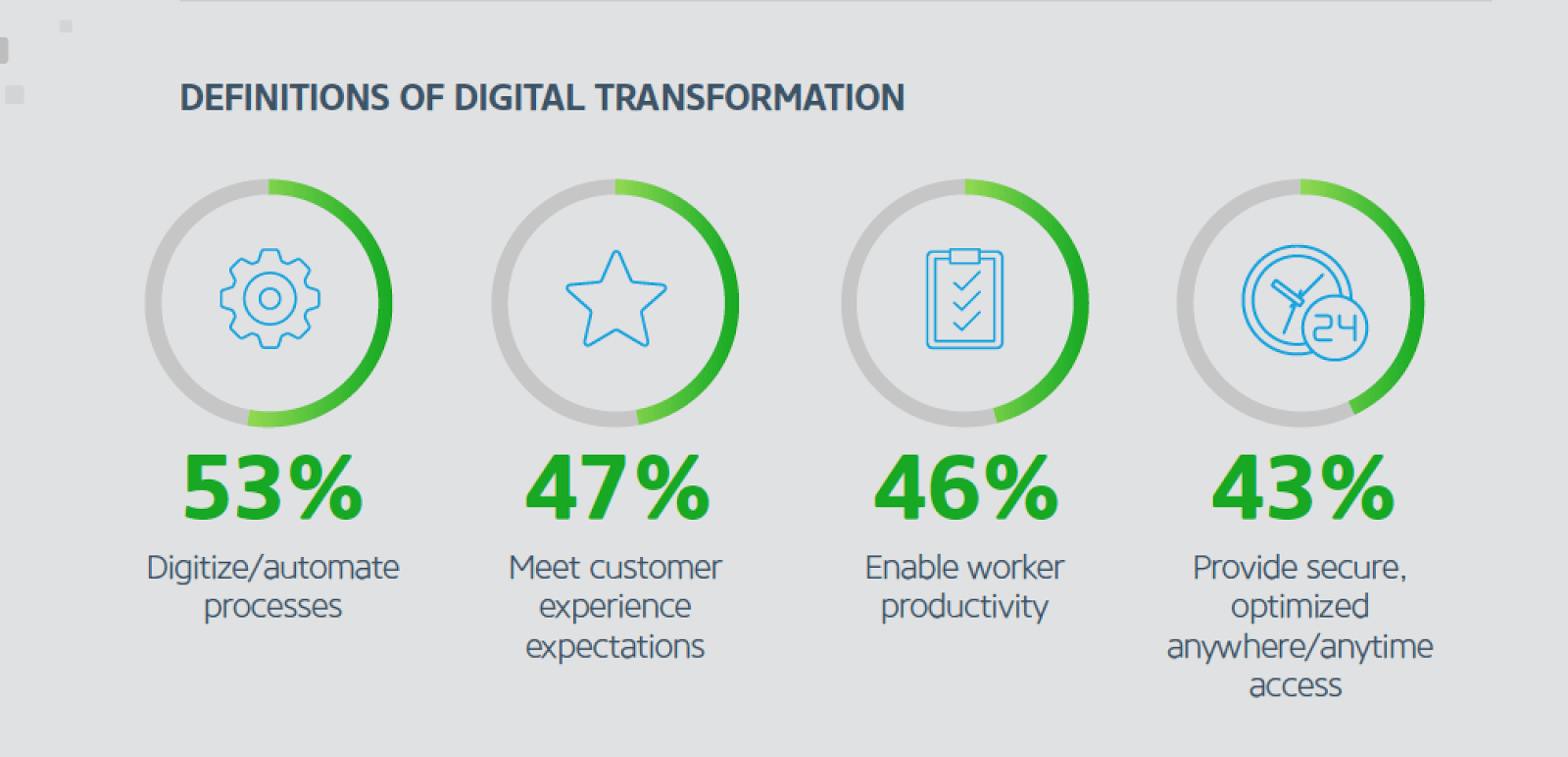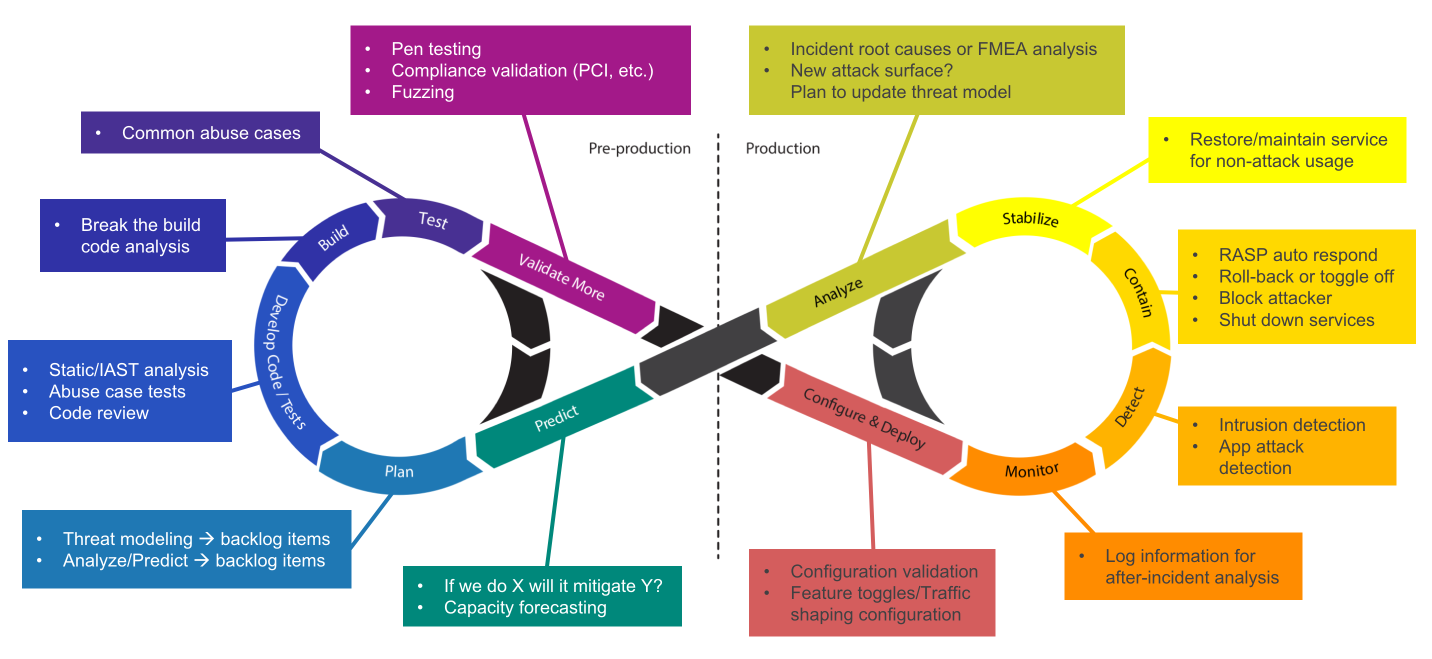It seems like a contradiction: In the burgeoning cloud era of speed and agility, the biggest mistake you can make in formulating a winning cloud-management strategy is not that you think too big, but rather that you fail to think big enough.
Movie superheroes rarely sport pocket protectors (except maybe for their alter-ego). Nor are you likely to find “The DevOps Handbook” or “The Pheonix Project” on their nightstands or e-readers.
That doesn’t mean IT managers should give up their dreams of being recognized as the people who saved the day for their companies, battling the competition to its knees with a combination of tech-savvy, automation tools, and superior digital transformation weaponry.
What’s keeping IT pros from enjoying the adulation of their coworkers — from the executive suite to the production floor — may be a failure of imagination. Infrastructure and Ops managers are understandably focused on remaining relevant as change swirls around their profession. Rather than taking a defensive posture by fighting to preserve the status quo — a losing battle if there ever was one — the IT champions of the future are thinking big and taking calculated risks.
The cloud is ‘how we do IT going forward’
“Cloud first” is now the rule rather than the exception for IT strategies. As the Stack’s Sam Clark writes in a December 14, 2017, post, all computing is now cloud-based, in full or in part. In Clark’s survey of industry executives about what IT departments can expect in 2018, a common theme is a recognition that cloud is mainstream. In fact, at last year’s Gartner Datacenter event over 80% of enterprise IT leaders stated that they had a cloud-first strategy for new applications.
Cloud Foundry Foundation CTO Chip Childers believes the cloud’s signature attributes — self-service and API addressability — have usurped other compute models and are now “how we do IT going forward.” SysAid Technologies CEO Sarah Lahav says companies now realize their cloud focus has to expand beyond reducing effort and cost. The best cloud strategies emphasize increasing the value of data assets to the organization and delivering a great user experience.

The transition to multi-cloud infrastructure relies on the management and orchestration layer, while the “cloud exchange” of the future will commoditize cloud resources and make app deployment infrastructure-agnostic. Source: IHS Markit
Velostrata CEO Issy Ben-Shaul recommends that enterprises preparing to move their workloads to the cloud adopt a multi-cloud strategy that relies on services available on multiple platforms, and that makes the migration process quick, simple, and safe. Puppet Chief Technology Strategist Ngel Kersten reminds companies making the move to the cloud to remain “adaptable and flexible” to ensure smooth integration of the public and private cloud components.
Dipping back to Gartner research, over 90% of organizations reported that by 2020 they will be making use of multiple clouds to satisfy CEO expectations around digital engagement.
A cloud infusion makes businesses smarter, faster, focused on growth
After they have committed to a cloud foundation, companies are able to re-think their entire approach to business transformation – from systems of engagement and innovation to analytics and business intelligence. In a December 4, 2017, article on Forbes, Bob Evans writes that 2018 will be the year business customers will be “making high-stakes decisions about which cloud vendors demonstrate the greatest understanding of their businesses, their industries, their needs, their opportunities.”
The goal is to become “highly capable digital enterprises” using cloud services to make themselves smarter, faster, aware, and ready to capitalize on growth opportunities. The winners of the “Cloud Wars” that Evans envisions in 2018 are the services that assist their customers as they complete their digital transformation.
In particular, the cloud services comprising today’s multi-cloud environments will need to demonstrate expertise in vertical industries. That’s the only way they will win the support of enterprises that are entrusting their businesses’ future to them.

A recent IDG Market Pulse Study found diverse views among IT managers about the ultimate goal of their digital transformation: process automation, meeting customer expectations, enhancing worker productivity, and secure anywhere/anytime access were the most frequent responses. Source: IDG, via CloudExpo
Echoing the “cloud as default” theme are the predictions for 2018 made by research firm Gartner. Scot Petersen writes in a December 5, 2017, article on eWeek that companies need to be past the stage of thinking about recreating their infrastructure in the cloud, “they must embrace [digital transformation] now.” According to one Gartner analyst, tech executives “should not be known by infrastructure [they] keep, but by outcomes [they] provide.”
Successful use of technology is now measured in terms of business outcomes: new customers, revenue growth, greater market share. The challenge is to innovate while “keeping the lights on” by ensuring that existing systems continue to run smoothly. Gartner analysts insist that new services be given priority, and business outcomes are emphasized.
Fluid data and app mobility requires a security re-think
The digital transformation now underway is one of the seven technology flashpoints for 2018 that Information Age’s Nick Ismail identifies in a December 13, 2017, article. Your business’s data is being “re-platformed,” according to Ismail, to take advantage of the cloud’s fluid data movement and edge-to-cloud security. An indication of the focus on business needs rather than infrastructure management is the integration of security at all levels of the DevOps virtuous circle of plan-build-test-deploy-monitor.
Ismail uses the term “DevSecOps” to define the merger of security and DevOps so that safeguards are implemented starting at the initial development stages. Two trends, in particular, are driving the integration of security and DevOps: the need to comply with Europe’s General Data Protection Regulation (GDPR) and other data regulations; and the growing popularity of NoSQL for enterprise databases.

Increasing regulatory pressure and the growth of NoSQL in enterprises require that security is integrated with DevOps from initial planning, which creates “DevSecOps.” Source: Larry Maccherone
The continuing emphasis on unlimited agility and scalability will drive the adoption of serverless infrastructure in 2018, according to Ismail. The goal of ever-greater efficiencies at enterprise scale will remain a challenge as companies adopt new use cases that assemble and disassemble the stack in novel, unique ways.
One of the biggest questions that come up in Morpheus Data discussions with end-users is that of security. Many organizations who are adopting multi-cloud strategies for business agility are caught in a catch-22 that with agility can come added risk. However, standardizing multi-cloud access and provisioning with a standardized set of processes and controls which also integrates with 3rd party identity management closes those security holes and enables DevSecCloudOps.
Vertical clouds signal the rise of best-of-breed specialization
Multi-cloud architectures will be the norm in 2018: A survey by IBM found that 85 percent of enterprises will commit to the multi-cloud approach in the coming year. As Paul Gillen writes in a December 18, 2017, article on SiliconAngle, multi-cloud will lead to increased use of specialty services. Established cloud vendors and so-called second-tier providers are expected to pitch products for high-performance computing, genomics, fluid dynamics, and other resource-intensive areas.
The growth in vertical clouds is expected to outpace the overall cloud market, according to International Data Corp. forecasts cited by CloudTech’s David H. Deans in a December 15, 2017, article. For example, worldwide spending on cloud services by the financial industry is expected to increase from $3.2 billion in 2017 to $7.2 billion in 2021, while cloud spending by manufacturing industries will jump 23 percent in 2018, from $4.2 billion in 2017, and will more than double to $9.2 billion in 2021.

IDC projects that growth in such vertical clouds as finance, manufacturing, and healthcare will outpace overall cloud revenue increases through 2021. Source: IDC, via CloudTech
According to IDC, the vertical cloud expected to experience the greatest increase through 2025 is healthcare, which could record total spending of $17.6 billion in 2021, up from $8.9 billion in total spending in 2017. An advantage for vendors offering vertical cloud services is the ability to leverage their customers’ “digital ecosystem” to establish a long-lasting presence in the industry.
Long-term benefits of managed cloud services now coming into focus
It’s understandable that the short-term goals IT departments set for cloud services emphasized speed, agility, security, and cost-savings. TechTarget’s Jason Sparapani writes in a November 30, 2017, article that CIOs are only now coming to grips with the potential to recreate their data operations to take full advantage of the cloud as infrastructure.
Sparapani quotes Gartner analyst Peter Sondergaard at a recent IT symposium as distinguishing “digital projects” from “digital business.” The projects require only investments in technology. Becoming a truly digital business entails investing in people. CIOs are no longer providing services to their customers, they’re delivering value by helping their customers achieve the business’s goals more effectively and efficiently.
To date, IT departments have been fixating on answering the question, “How do we apply these new technologies?” The question IT should be asking customers is “What is the problem you’re trying to solve?” A strategic mistake some companies make is to think they can build out from one successful cloud project. As beneficial as it can be to prove cloud concepts via small victories, such an approach can narrow your long-term vision.
Cloud technology is opportunity knocking on the doors of IT departments around the world. Capitalizing on that opportunity requires calculated boldness, and a willingness to shoot for the moon.